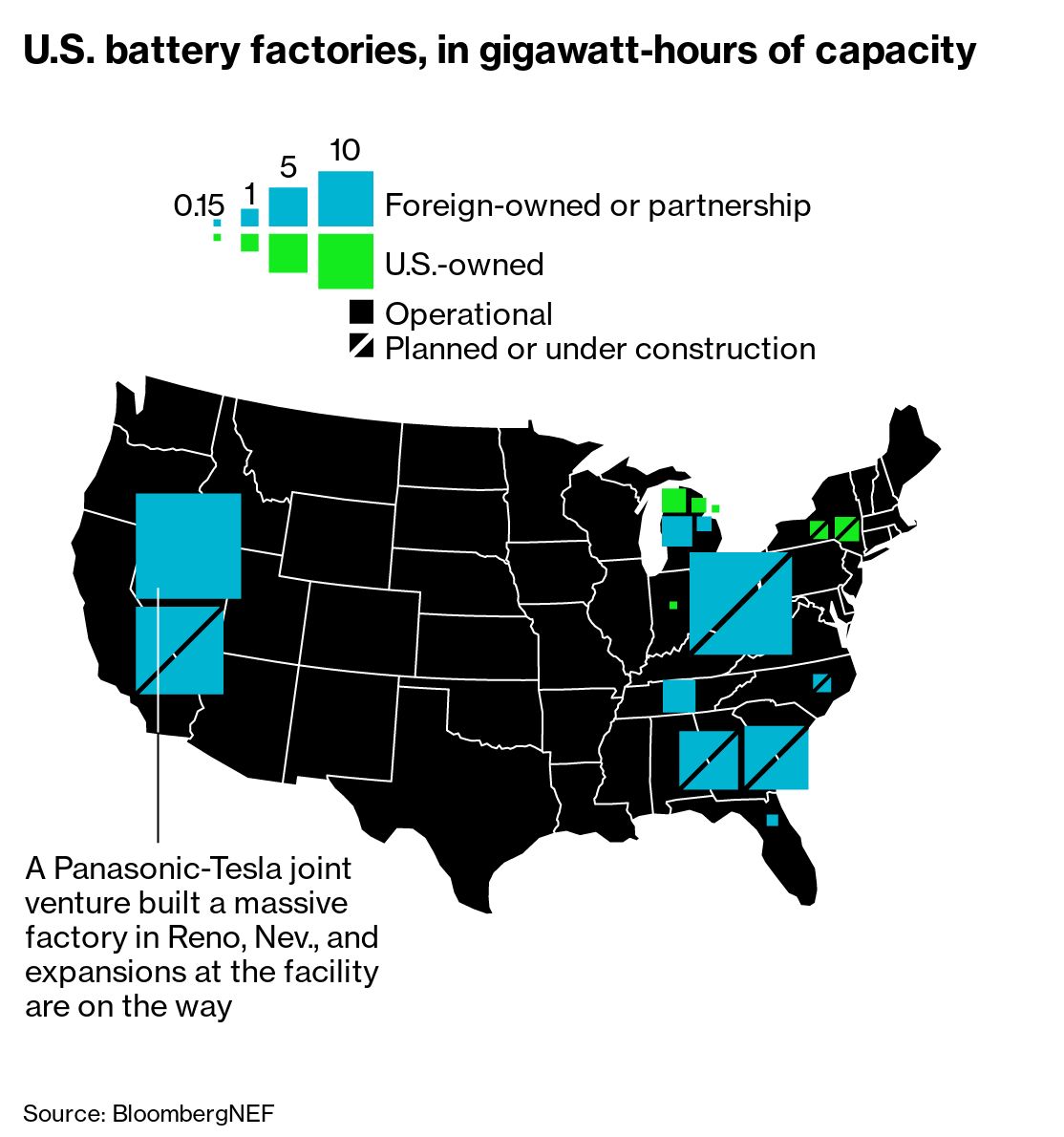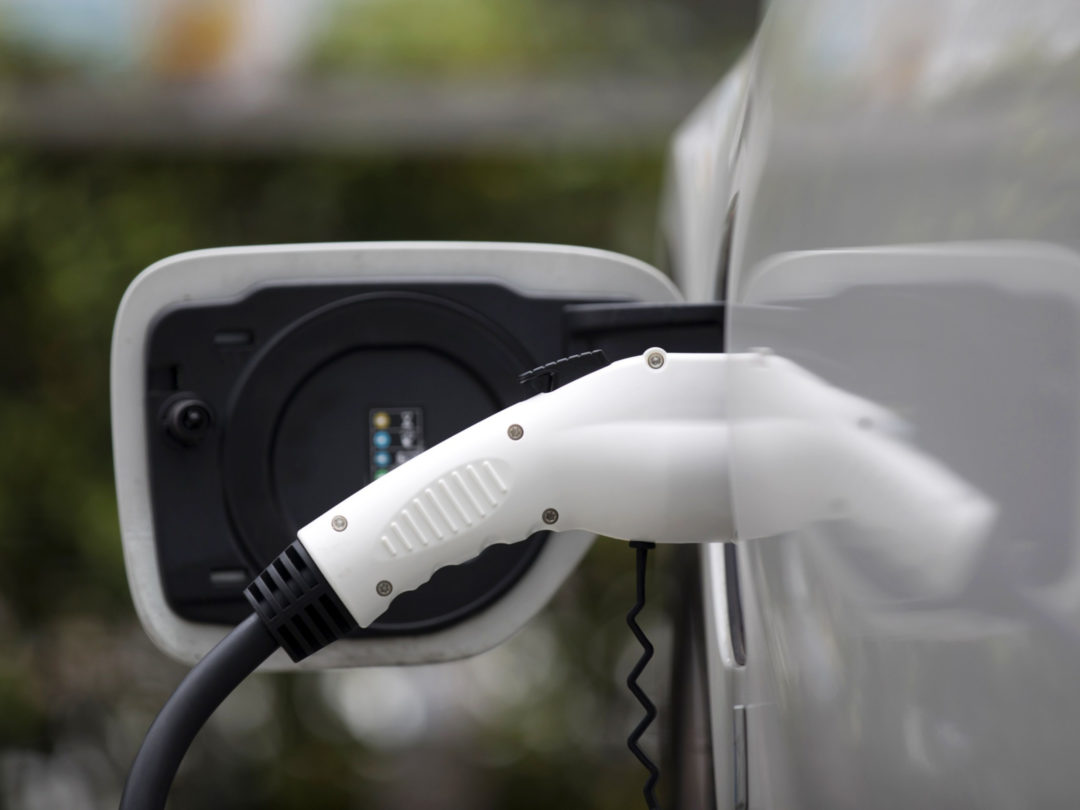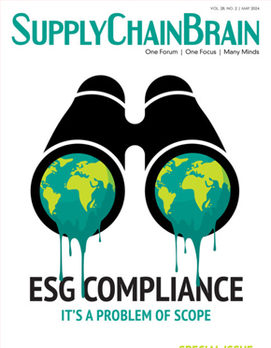
The global electric vehicle (EV) market is expected to hit $802.81 billion in value by 2027, with a compound annual growth rate (CAGR) of 22.6% according to Allied Market Research. As consumers’ interest in EVs continues to grow, the industry faces shortages in the near term of the natural resources required to fuel these vehicles. Top of the list of non-renewables needed to produce EVs is lithium. This is an integral component in the battery that drives these vehicles and needs replacement after approximately eight years. Competition for lithium is fierce, and EV automakers need to plan for future acquisition and management of the mineral.
The solution involves a multipronged approach of ethical sourcing, recycling, reusing and repurposing materials in downstream products, as well as improving efficiency. Increased battery range and motor efficiency would extend use in each EV, and eventually allow companies to shift from hardware manufacture to a software focus.
In EVs, the main components are the battery pack and motor, which account for about 70% of the cost of the vehicle. Ramping up efficiency in the battery pack and motor equates to lower cost and higher range. The battery pack is the most expensive part of the car because of the limited supply and geographic constraints of its raw materials.
Limited Lithium
Like other precious materials, lithium is a mineral of limited resource, yet as interest in EV or hybrid vehicles and battery-powered homes increases, the competition and price for lithium will spike. Currently, lithium is mined from several sources globally, which have economic, political and supply chain implications. Based on expected global demand for EVs and climate targets set around the globe that call for reducing gas cars, the World Bank estimates that five times more lithium will need to be obtained to meet these goals by 2050.
Due to increased demand, lithium shortages are likely to occur in the near term, leading to higher production costs and lack of availability, both of which will pass on higher costs to the consumer. In addition, the ethics of lithium sourcing are also important to EV customers. Since many of the mines are located in Africa’s Congo region, there are concerns about child labor and conflict, making sourcing untenable for the EV market.
While additional mines exist in Argentina and Canada, some EV manufacturers, including Tesla Inc., are looking to purchase their own mines to secure an ongoing mineral source and eliminate any obfuscation in materials sourcing.
Smart planning doesn’t stop with purchasing mines, but also means creating smart contracts based on blockchain. These contracts would shift supply routes in the event of disruption. If, for instance, a major storm impacted shipping from one mine, smart contracts would shift sourcing from the disabled mine to other mines to take up the slack in missed supply, eliminating a disruption.
Cutting Consumption
Another way for companies to insulate themselves from the erratic supply chain of lithium is to simply use less. EV companies are exploring manufactured lithium sources. Initial stage research and development is underway in the Bay Area to synthesize lithium in a laboratory, as well as to make batteries ever more efficient. That goal is to reduce the materials needed to 10% of current practices. The famed quantum scale battery could run for one million miles before replacement. Each of these innovations would greatly reduce the amount of lithium pulled from natural sources, as well as further reduce the complexity of supply chains.
Even more lithium — about 60% — can be recaptured through recycling, reusing or repurposing batteries, according to the International Journal of Supply Chain Management. If each battery life is extended from the current eight years to several more across the millions of EVs, the energy and cost savings are substantial.
Once the efficiency of a battery drops below a certain kilowatt per weight rate or the charge cycle is too long, it is no longer useful in EVs. The batteries, however, can still be reprogrammed and reconfigured for use in power walls. Alternatively, the batteries can be resold to global markets, to power an e-rickshaw in India, for instance.

Efficiency in manufacturing will result in several changes downstream, including more resilient supply chains and a shift in value offering. A more efficient EV will bring costs down and open the cars to a wider range of customers who could previously not afford the product. Also, streamlined and innovative production will reduce dependence on long lines of supply, forgoing complexity and reliance on disruption-prone supply chains. As much of 90% of Tesla’s manufacturing is completed in house, and the company’s supply chain was resilient and uninterrupted during the pandemic.
New suppliers will come into play as lines of supply shift; suppliers involved in regenerating a battery will differ from current battery manufacturers.
Drivers’ needs will also shift, and downstream services will make the difference for EVs. A buyer of an EV with a million-mile battery is not coming back for a new car or battery for some time. Car companies will need to shift to offering subscription services, including upgrades, artificial intelligence, insurance or other add-ons, along with the car. It’s a shift from hardware to software, including updates to the car to increase efficiency. This kind of EV model has the potential to do away with the car dealership for a direct-to-consumer sale.
Interdependent Supply Chains
In 2018, JP Morgan suggested that EVs and hybrids could take hold of 30% of the market. The rise of the EV ecosystem would lead to interdependent supply lines for charging infrastructure and the clean energy sector, as well as commercial fleet changes and innovations, like buses and long-haul trucks. A truly sustainable energy revolution would result only when the end-to-end life cycle of EVs (womb-to-tomb) is sustainable, and this would happen once electrical grids — and therefore chargers — convert to clean energy. This would result in the conversion of the subsidiary gasoline supply lines to clean energy material supply lines.
In parallel to EV manufacturers, legacy automobile makers are also making gas-powered engines more efficient. In fact, there will likely come a tipping point where gas-powered vehicles are more cost effective for consumers, assuming demand for gas has dropped as well as prices at the pump. That’s because though EVs will continue to gain efficiency and move closer to a price point that is attainable for middle class buyers, EVs will still likely cost more. Ultimately, car manufacturers will do best when they are able to capture the greatest market share, by selling both EVs and gas vehicles.
Shifting from gas powered to hybrid supply lines requires significant change. Moving from pure gas engine car part chains to hybrid parts chains involves added complexities. The shift includes reshaping and designing of the supplier tiers. In this way a supplier previously selling only gas auto parts may have to extend tier two or three supplies from just gas part suppliers to now EV part suppliers as well. It’s also important to keep in mind that personnel are part of the supply chain and can serve as serious blockers. Change management is needed to implement agile paradigm shifts.
EVs continue to capture more automobile market share and are pushing legacy automakers to adapt their offerings and with them their supply chains. Traditional manufacturers tend to have long and heavily outsourced supply chains, which make them more vulnerable to disruption. Moreover, gas engines are here to stay for at least the next 20 years, and those companies will need to adapt to hybrid production lines to maintain the gas engine markets whilst entering newer EV and ICE markets as these open up. This will impact the dynamics of the supply lines for both upstream sourcing as well as downstream service aspects. Pure EV companies on the other hand have honed their vehicles to an efficient design which requires a short supply chain. Smart contracts that shift with supply disruptions allow for more nimble manufacture. A focus on continued research into improving design efficiency will continue to serve EV firms well as pressure from natural resource limitations mount.
Ajay Serohi is a staff product manager for Tesla.







